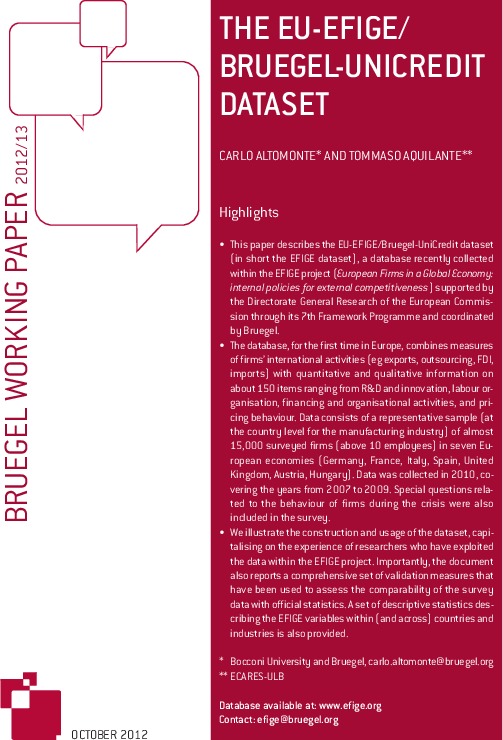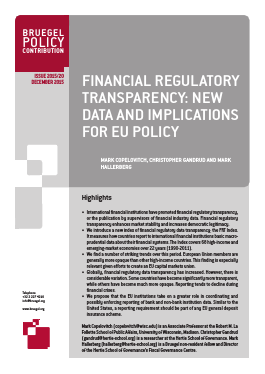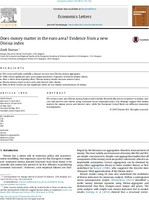Working Paper
The EU-EFIGE/Bruegel-Unicredit dataset
This paper describes the EU-EFIGE/Bruegel-UniCredit dataset (in short the EFIGE dataset), a database recently collected within the EFIGE project (European Firms in a Global Economy: internal policies for external competitiveness) supported by the Directorate General Research of the European Commission through its 7th Framework Programme and coordinated by Bruegel. • The database, for the first […]
This paper describes the EU-EFIGE/Bruegel-UniCredit dataset (in short the EFIGE dataset), a database recently collected within the EFIGE project (European Firms in a Global Economy: internal policies for external competitiveness) supported by the Directorate General Research of the European Commission through its 7th Framework Programme and coordinated by Bruegel.
• The database, for the first time in Europe, combines measures of firms’ international activities (eg exports, outsourcing, FDI, imports) with quantitative and qualitative information on about 150 items ranging from R&D and innovation, labour organisation, financing and organisational activities, and pricing behaviour. Data consists of a representative sample (at the country level for the manufacturing industry) of almost 15,000 surveyed firms (above 10 employees) in seven European economies (Germany, France, Italy, Spain, United Kingdom, Austria, Hungary). Data was collected in 2010, covering the years from 2007 to 2009. Special questions related to the behaviour of firms during the crisis were also included in the survey.
• We illustrate the construction and usage of the dataset, capitalising on the experience of researchers who have exploited the data within the EFIGE project. Importantly, the document also reports a comprehensive set of validation measures that have been used to assess the comparability of the survey
data with official statistics. A set of descriptive statistics describing the EFIGE variables within (and across) countries and industries is also provided.











